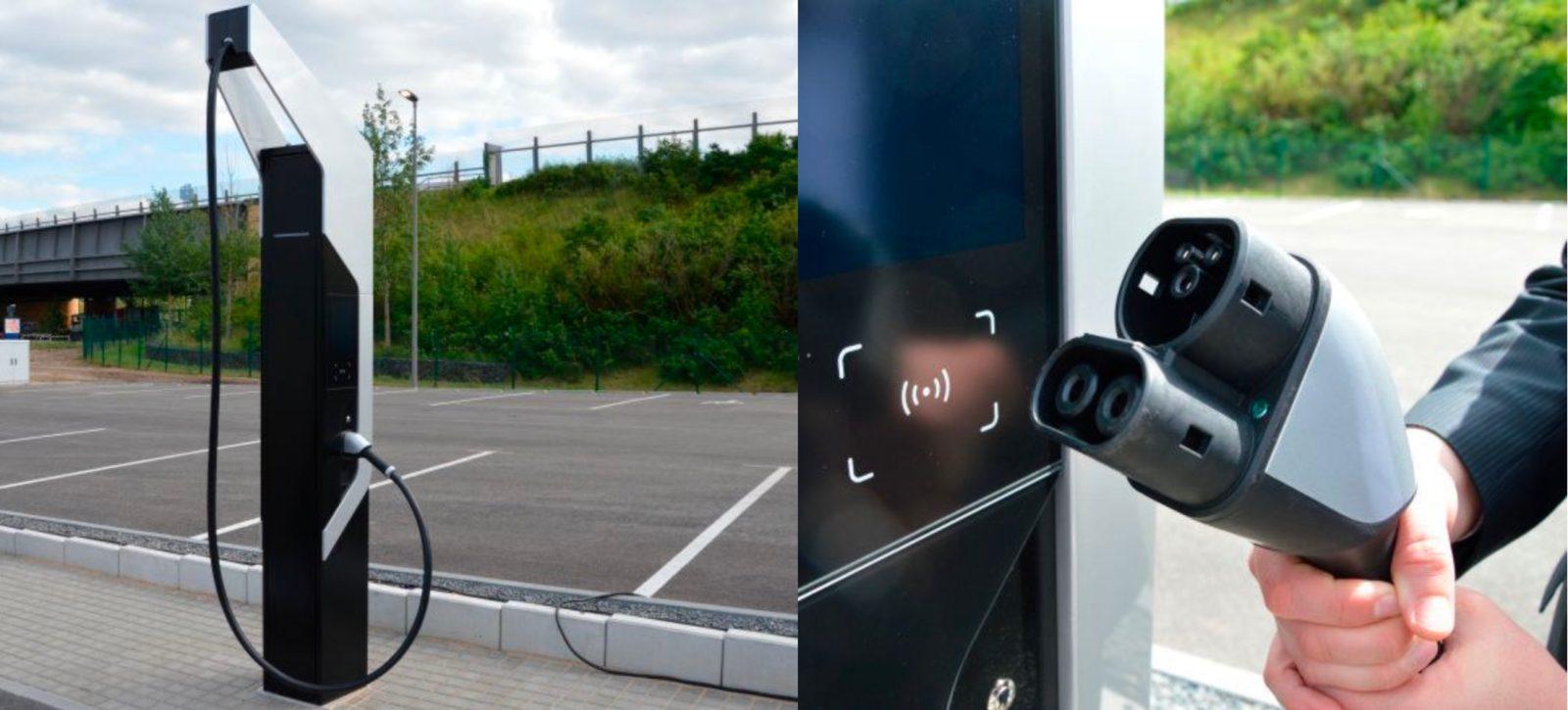We always tend to think in comparison with situations already experienced. Thus, some of us assimilate the location of charging stations to that of service stations and, as a result, gives particular importance to the traffic around the terminals.
However, there are significant differences between charging stations and fuel pumps, which lead to consider the needs of several players in the implementation of charging stations.
Adaptation to the Uses of the Customers
– Most electric car refills are done in parking spots and not in transit areas, during a trip. This is due to the time needed to recharge.
– A faster recharge is more expensive: users will adapt and multiply recharges during long enough downtime.
– Some players, such as shopping malls or restaurants, take advantage of this feature and attract drivers who need to charge their vehicle by offering charging.
– Public charging stations are not the only ones available for drivers of electric vehicles: some also have one available at home or at their place of work.
Adaptation to the Capacities of Infrastructures and Utilities
– The terminals are connected to the electrical distribution network and must have a power and a location compatible with its size (static approach) and the balance of electrical flows in the area of the terminals must be ensured as best as possible (dynamic aspect).
Adaptation to the Needs of the City
– All cities have the challenge of reducing their CO2 emissions, primarily for public health issues.
– They develop plans within the city for electrical mobility: these plans are often comprehensive and target very different “use cases”, requiring recharging facilities adapted to power needed and localisation: all inhabitants must ultimately have access to charging infrastructure as well as deliveries trucks and public transport etc …
The first charging infrastructures have taken shortcuts: their deployment has not always been the subject of a complete approach. But now, all of these needs must be served: all associated responses are not consistent and compatible, especially to ensure economic viability.
So it will be necessary to be tactful to reconcile these issues: this may result in longer decision-making time or by actors left behind. In some countries, it could well be the network operators unless the power of their lobbying puts the needs of users in the background! This would be an additional political mistake in energy policy.
Click here to read other articles of the same author.



Leave your comments
Post comment as a guest